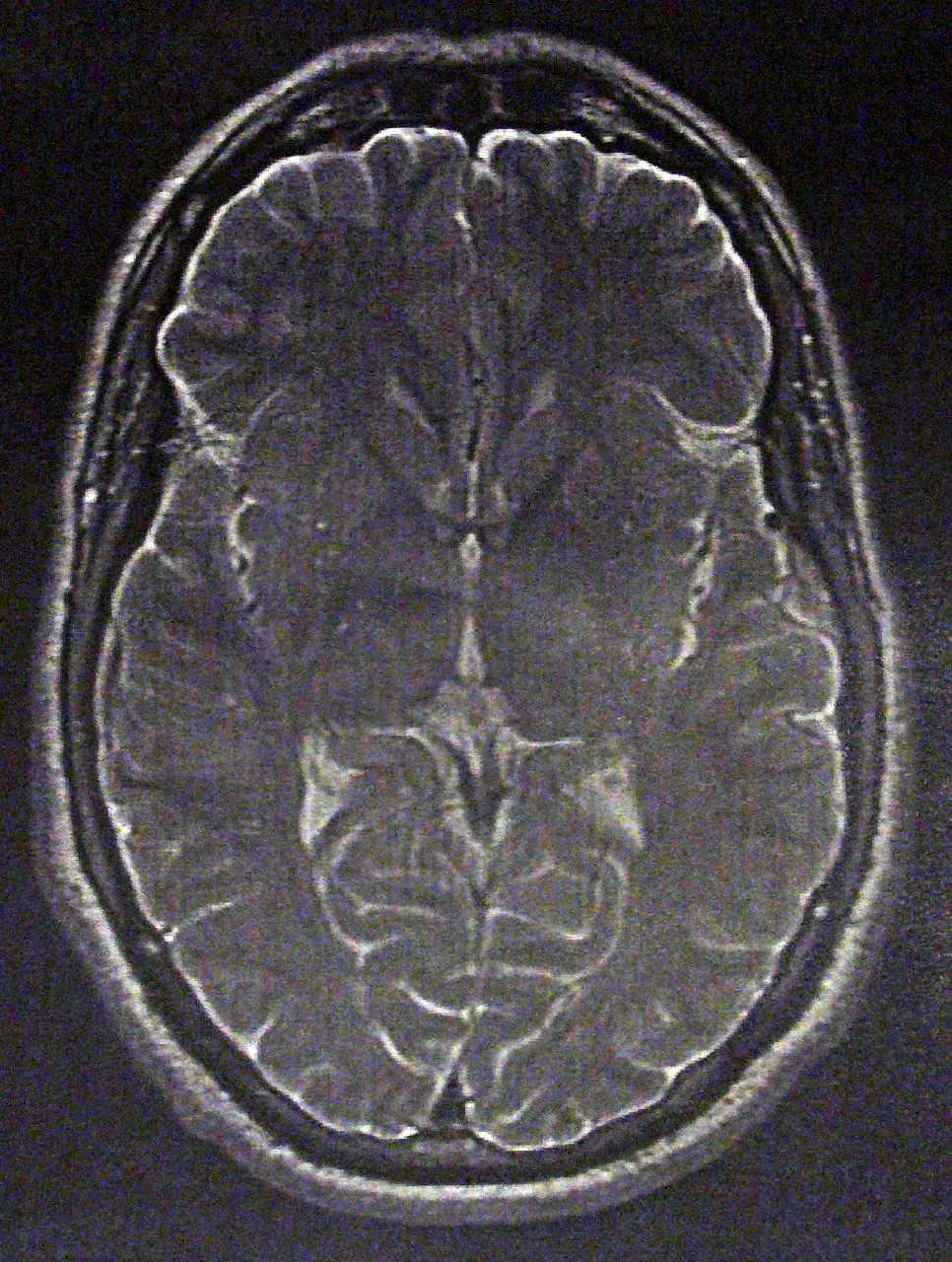Long term offenders might have a difference in brain structure which contributes to anti-social criminal behaviour, according to a new study published in The Lancet.
Focusing on young males’ trajectory of crime, the study highlights a difference between adolescent delinquency and those who go on to be life-long offenders. One of the study’s authors, Prof Essi Viding stated that offenders ‘should not all be treated the same’ emphasising a difference between these young men although the study has limitations (the group in question was small and 90% were white). The study points out that, although there were biological differences linked to the long-term offending behaviour, socio-economic factors cannot be ignored as contributing to this, for example childhood deprivation was cited as a factor possibly affecting early brain development. These environmental factors were important to note as the focus of criminal behaviour studied is of an anti-social nature as opposed, to say financial crimes
The study is based on Moffit’s developmental taxonomy theory of antisocial behaviour, an approach that has gone on to influence the UK’s approach to juvenile offending. The theory separates life-course offending from anti-social behaviour only in adolescence.
The study looked at 1,037 individuals born between April 1, 1972 and March 31, 1973 in Dunedin, New Zealand who first participated at three years of age. Participants underwent MRI brain scans and data from 672 participants were analysed: 80 (12%) were classified as having life-course-persistent antisocial behaviour; 151 (23%) as having adolescence-limited antisocial behaviour; and 441 (66%) as having low antisocial behaviour.
Individuals on the life-course-persistent trajectory had a smaller mean surface area and lower mean cortical thickness than those in the low group. Compared with the low group, the life-course-persistent group had reduced surface area in 282 of 360 areas of the brain and thinner cortex in 11 of 360 areas.







